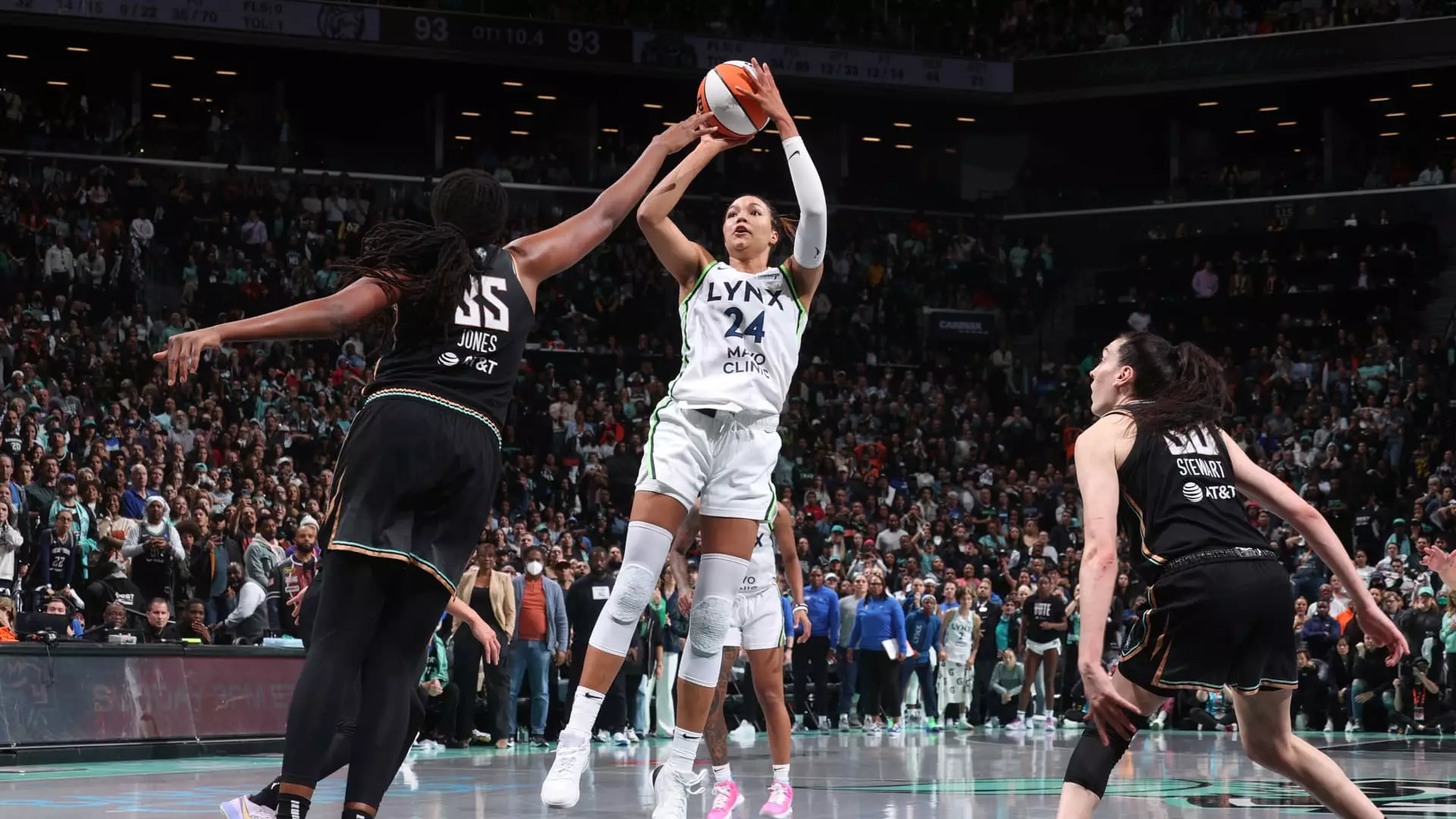The Women’s National Basketball Association (WNBA) has taken an undeniably ambitious step with its recent decision to expand to three new franchises in Cleveland, Detroit, and Philadelphia over the next five years. This move, increasing the league from 13 to 18 teams, is being hailed as historic and transformative by league officials and local owners alike. WNBA Commissioner Cathy Engelbert described it as a “truly monumental day,” reflecting the league’s desire to amplify its footprint and deepen its connection to basketball-oriented cities. Yet while such enthusiasm is understandable, it’s essential to critically assess whether this rapid expansion reflects thoughtful growth or an overzealous gamble that could strain the league’s competitive and financial stability.
Past Lessons Ignored?
Cleveland and Detroit are not new markets for professional women’s basketball. The WNBA’s first Cleveland franchise, the Rockers, folded in 2003 after seven years, primarily due to financial challenges and poor attendance. Detroit’s Shock was similarly a success on court but ultimately shifted cities more than a decade ago despite three championships and robust fan support. These histories should serve as cautionary tales that the winnable economics of women’s professional basketball are tricky, even in cities with passionate sports cultures. Expanding into these markets feels like a retracing of old footsteps rather than a bold leap into new territory. Without a clear, concrete path to sustainable fan engagement and revenue models, these ventures risk ending in repeated disappointment and franchise instability.
The High Cost of Expansion
With each franchise paying a steep $250 million franchise fee—the highest in WNBA history—the financial stakes have never been higher. This hefty price tag might signify increased investor confidence in the league’s potential, but it also raises vital questions about the assumption that such valuations are sustainable. Is the WNBA truly ready to absorb this influx of capital without diluting the quality of play or overcrowding its markets? The WNBA’s growth trajectory risks following a bubble-like pattern often seen in other sports leagues eager to capitalize on temporary enthusiasm for the women’s game without ensuring long-term viability. There is a danger that franchise valuations and expectations have outpaced the actual consumer demand and media revenue, potentially leading to disillusionment down the road.
Strategic Decisions Amid Urban Sports Saturation
Adding three new franchises within five years in cities already brimming with professional sports teams—such as Philadelphia with its NBA, NFL, and NHL franchises—poses a challenge in an era where sports audiences have finite attention and discretionary income. The league has done well to consider market viability and infrastructure. Still, its prioritization of historically basketball-rich cities rather than emerging markets may overlook opportunities for genuine organic growth. Cities like Houston, which have expressed interest but were sidelined in this expansion round, offer massive population bases and a slightly less congested professional sports scene. Ignoring them now at the cost of market diversity might hamper the WNBA’s ability to grow a nationwide, truly broad fan base.
The Cultural Momentum and Political Responsibility
The WNBA represents more than basketball; it symbolizes cultural progress and women’s empowerment in professional sports. The league’s expansion connects with center-wing liberal values that emphasize equality, inclusion, and economic opportunity. However, the urgency to grow rapidly runs the risk of sidelining questions about how best to integrate these teams into their communities and promote grassroots development. Expansion should not only be about franchise fees and logos but also about investment in youth programs, equitable marketing strategies, and fostering an authentic, organic fan experience that resonates beyond the hardwood.
This moment is a defining one for the WNBA—balancing ambition with sustainable growth will determine whether these moves signal an era of transformative success or another cycle of expansion follies. Enthusiasm from owners and commissioners is palpable, but a sober assessment of market realities and long-term support structures is urgently required to prevent the league from stretching itself too thin in the name of progress.

